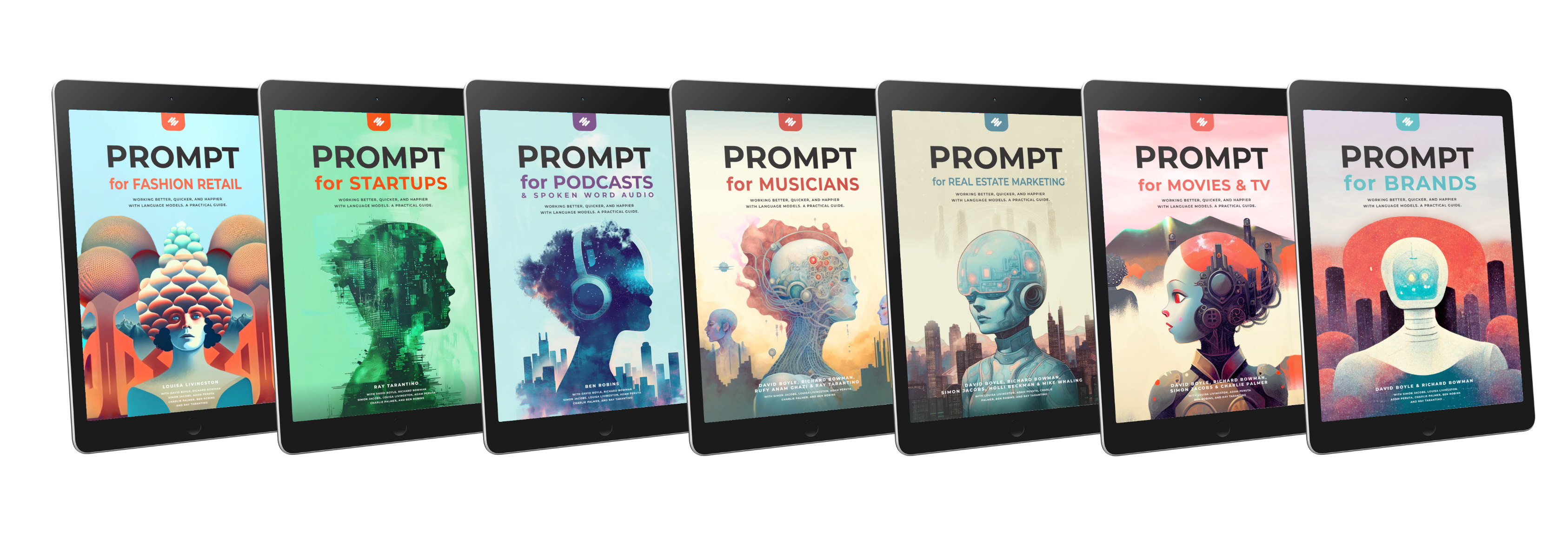In the rapidly evolving landscape of artificial intelligence, a pressing need has emerged among companies: the desire for language models to not only understand natural language but to grasp the nuances of their specific brand, context, and proprietary data. This aspiration isn't just a fleeting trend; it's a substantial demand that speaks to the core of personalized, effective AI deployment.
Injecting Context into Prompts: A Solid Foundation
At the heart of making AI work for your brand lies the method of injecting context directly into prompts. This approach isn't just theoretically sound; it's backed by a wealth of academic studies and real-world applications. By incorporating relevant information into the AI's input, companies can guide the model to generate outputs that resonate with their specific context and needs. This method stands out for its proven efficacy, providing a reliable cornerstone for any brand looking to leverage AI.
Exploring Advanced Customisations: RAG, Fine-Tuning, and API Access
While foundational skills in prompt engineering are essential, the frontier of AI customisation offers intriguing possibilities. Techniques such as Retrieval-Augmented Generation (RAG), fine-tuning, and direct API access to proprietary content present avenues for deeper integration of brand-specific elements into AI models. However, these methods come with their own sets of challenges and considerations.
Watch-Outs and Considerations
- Retrieval-Augmented Generation (RAG): While promising in theory, RAG's practical application requires careful execution to ensure that the retrieved information genuinely enhances the AI's responses, without overwhelming or misdirecting the model.
- Fine-Tuning: Tailoring a model to your specific needs sounds appealing but carries the risk of diverging from the model's general capabilities, potentially limiting its broader applicability and future adaptability.
- API Access: Integrating AI with direct access to a brand's proprietary data can unlock highly customized interactions. However, this requires rigorous data management very careful thinking about the format of the data being passed to the language model and how you prompt the model to understand and make wise use of it.
The Burden of Proof: Demonstrating Practical Efficacy
In the realm of AI customisation, the burden of proof lies heavily on demonstrating tangible, practical results. The allure of advanced techniques must be balanced with a critical assessment of their real-world utility. Before adopting any of these strategies, companies should demand clear evidence of their effectiveness, beyond theoretical promises.
Starting with Use Cases: A Practical Framework
For brands venturing into AI customisation, the advice is clear: begin with concrete use cases. Identifying specific needs and objectives allows for a more targeted approach to selecting and implementing AI solutions. Whether it's enhancing customer service, personalizing marketing messages, or automating content creation, the key is to work backwards from the desired outcome to the most suitable technology.
Conversely, while starting with a technological capability and exploring its applications is viable, it requires a deep understanding of the technology's strengths and limitations. This exploration necessitates significant time and effort, with a commitment to staying abreast of the latest developments and best practices.
Conclusion
As companies navigate the complex journey of making AI understand their unique context and brand, the path forward is marked by a blend of proven strategies and innovative explorations. By grounding their approach in proven techniques like context injection and proceeding with caution into more speculative territories, brands can harness the power of AI in ways that are both groundbreaking and grounded in reality. The quest for customisation is not without its challenges, but with a thoughtful, evidence-based approach, the rewards can be truly transformative.
